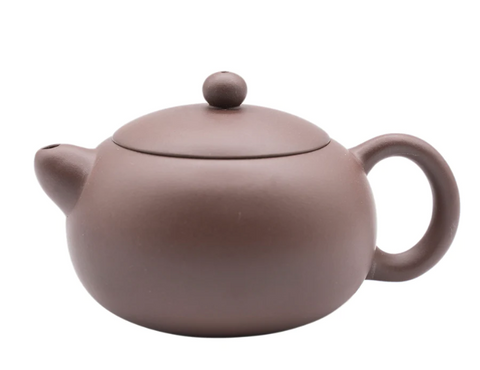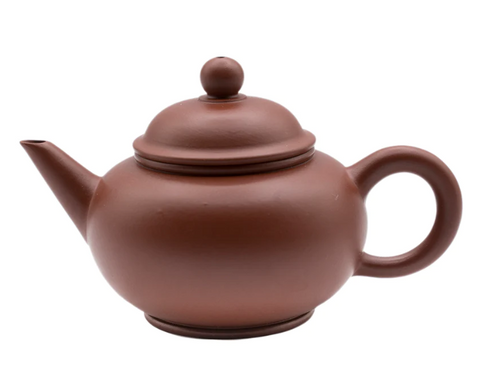
For those passionate about Yixing teapots, names like Xi Shi and Shi Piao are likely familiar, representing just a fraction of the myriad shapes these teapots take, each with its unique allure and story.
This guide introduces the primary Yixing teapot forms, delving into their meanings, narratives, and aesthetic appeal. By exploring each teapot's profile, enthusiasts can uncover detailed insights into the distinct characteristics of each type.
Round Shapes Yixing Clay Teapots
In Chinese culture, the round shape or yuán qì symbolizes a classic design in Yixing teapots. Renowned for its simple elegance and flexible nature, the round teapot is celebrated for its seamless curves and proportionate form, embodying the traditional Chinese values of harmony and unity.
Examples of round shapes:
XI SHI
STONE LADLE [SHÌ PIÁO]
HAN WA [Hàn wǎ]
Square Shapes Yixing Teapots
In Chinese, the "方器" (fāng qì) or square-shaped Yixing teapot is celebrated for its "square within round" philosophy. This style showcases a mastery in blending straight lines and angles with a meticulous attention to the interplay of lines and surfaces. Crafting such teapots demands precision in lines, contours, and proportions.
Four Squared Teapot
Six Squared Teapot [Liu Fang]
Special Shapes
Special shapes, known as “花器” (huā qì) in Chinese, are Yixing teapots inspired by the natural world, such as fruits, flowers, plants, birds, animals, and fish. These teapots translate natural forms into artistic designs using purple clay craftsmanship.
Explore our collection of Yixing teapots here!















